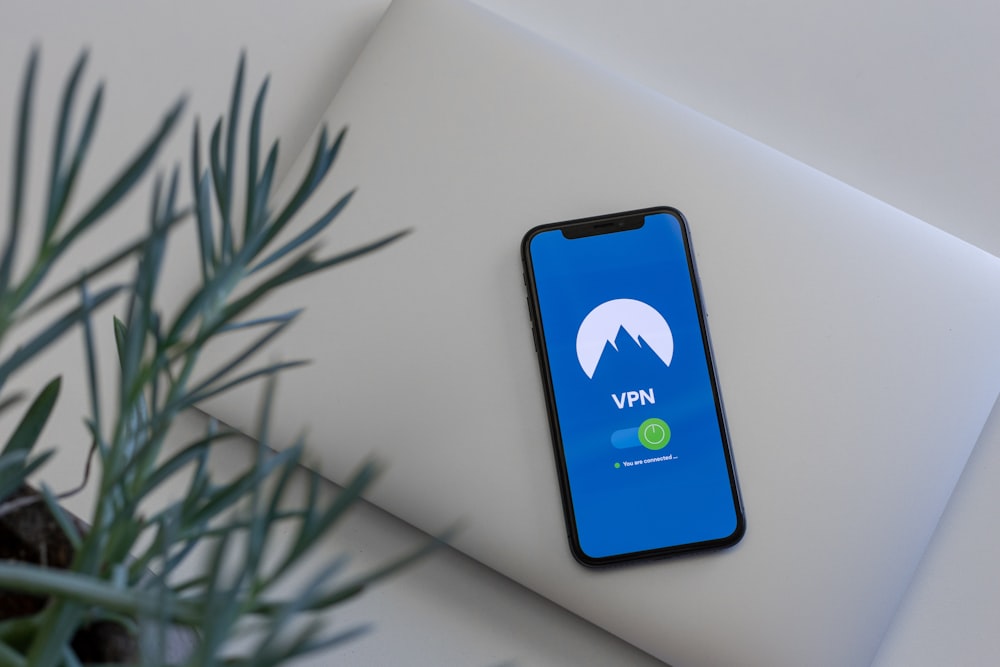When the pandemic first struck in early 2020, Starling Bank in the UK claimed that it bought up all the available Mac units in the market.
The bank did not do this to boost the stock shares of Apple but to ensure that their employees who would now be working from home were as protected against hackers and malware as possible. Apple has, over time, developed the brand image of being a company that is not susceptible to hacks at all. Thus, such a move would make sense.
However, Apple Mac threats have now outpaced Microsoft Windows’ by 2 to 1, showing a growing concern in the software market. It seems that hackers know that they faced a bigger payday from Apple device users and will, thus, do all that they can to ensure they breach the OS.
If you thought that having a Mac device is enough cybersecurity, this piece should change your mind.
Security Threats That Apple Mac Units Deal With

Macs are surely secured against most malware and cybersecurity attacks out of the box. That is why they could simply be plugged and used without much in the way of user optimization for security.
Hackers are getting smarter and more sophisticated, though, and this is not the time to leave things to chance at all. That is what makes it essential to start taking matters into your own hands when it comes to security.
Here, we discuss some of the threats common to Mac users alone and other cybersecurity threats that could impact just about anyone with a computer of their own.
Threat #1 – Adware
Hackers and scammers have found a way to make legitimate ads into what they could use to exploit users.
Adware can be deployed in several ways and executed in multiple instances also.
For example, you might get onto a website where you suddenly see an ad claiming that your computer is running slow, and you could boost it by clicking on a link. There are such ads that will promise you a limited giveaway of an item if you took a survey fast enough – or completed a similar task.
There is also adware that pops up on sites commonly known for illegally downloading and streaming. Most times, trying to close these ads triggers a small page shift such that you click somewhere else on the ad instead and execute the package.
Given the security background of the Mac devices, the adware remains one of the biggest device security breaches.
Threat #2 – Sideloading app
The Mac experience is better with apps and programs. Some of the best apps and programs that you will use on your unit come as paid and premium options.
Some users try to circumvent that by going for cracked/modded software, which is essentially freemium versions of what should have been a paid app. Since these free versions are illegitimately made available by hackers who have bypassed the origin server, the programs are not listed on the official app store.
Now, this is where it gets interesting.
Since they are not listed on the official app store, Apple cannot vet and verify that the programs come with clean, non-malicious code. Thus, the hackers could also inject some malicious code into the cracked version so that your Mac is infected from the moment that you install such apps.
Threat #3 – App download

Following the above, not all the apps that you download on the official App Store are good for you either.
Apple’s engineers will surely have a lot of app code to go through every day, so, surely, some apps can slip through the quality checks and controls. While Apple is working hard to plug such slips, some hackers are also getting better at disguising malicious code as the real thing.
One of such hacker groups is Lazarus which is believed to be operating out of North Korea. This group is believed to be working on multiple legitimate-looking apps that will go through the App Store but inject malware onto the users’ Mac device once downloaded and executed.
Threat #4 – Manin-the-Middle Attacks
As the name implies, man-in-the-middle attacks occur when a perpetrator puts themselves between your computer connection and the target server.
For example, if you were trying to reach your bank servers and a user inserts themselves in the middle, your internet data is routed via them before it reaches your bank. Thus, all the information your bank is supposed to get about you is the same dataset that such a hacker gets about you.
These attacks are common when you are on a public Wi-Fi network since the admin can see all that you are doing on such a network. Likewise, such networks are often unencrypted, allowing anyone who knows what they are doing to breach the security protocols and subvert your internet data to yourself.
Rogue WIFI networks disguising as the real thing could also use this method to lure in unsuspecting users. Say, an ‘AIRPORT XYZ’ connection being copied and broadcasted as ‘A1RPORT XYZ’ or ‘AIRPORT XYZ II,’ that’s enough to trick most users into connecting while thinking that they are on the real thing.
Threat #5 – Cryptojacking
This is one of the most subtle yet highly damaging threats to the Mac devices as we see around today.
As the name implies, it has something to do with the crypto world.
The hackers in this space are more interested in your computer’s processing power than the data you have stored on it. Once their script fires and activates on your Mac, they attempt to use the processing power of your unit to mine some crypto for themselves.
This leads to Mac overheating and performance problems, among other things. With an increased load, the Mac might fail and shut down – even with permanent damage to the motherboard and all of the data that you have stored on the unit.
So, What Should You Do?
For all the threats that Mac users face, Apple has done an outstanding job here so much that you rarely hear about major malware issues to her units.
Most of the settings and functions that you need to stay safe are already built into the unit. Support that with some external strategies, and you will have a highly secure device on your hands.
Never Sideload apps
Mac units come with an in-built feature that prevents downloading and installing apps from anywhere other than the official App Store.
Now, if you wanted, you could go into the system settings and override that. However, there is no reason for you to do that if you do care about your safety.
The majority of the apps and programs that you need are offered via the App Store anyway. If you see an app that you cannot get on the App Store, dig around, and you will find a suitable alternative from a reputable vendor.
The biggest mistake that you could make here is wanting to get around paying for some apps by installing the cracked versions instead. When you think about the possible data loss and theft that comes from doing that, you’ll see that paying a minimal subscription fee is nothing.
Patronize reputable vendors
Even when downloading free apps on the App Store, make sure you are going with reputable vendors.
There are many apps in gaming, productivity, office, utilities, and other categories. Most of these apps do the same thing anyway, so make sure you fish for the best, tested, and trusted vendors among these.
Besides getting added peace of mind from these vendors not trying to rip you off, you are also sure of continual support. So, you don’t download an app from a vendor that doesn’t get motivated enough to keep pushing out security fixes and updates to their software.
That will also save you from unscrupulous players gaming the Apple quality control team, manipulating the search engine to show up on top, and giving you badly coded apps on top.
Get a VPN

When multiple businesses were investing in VPN software for their staff members working from home, they didn’t do so just for their employees to change their IP addresses at will.
Maybe there was a time when that was all VPNs were good for – or maybe that is what you’ve always known them to be. Today, you can do so much more on the security front with them that makes all the difference for you.
A VPN helps encrypt your internet traffic data such that no one else sees what you are doing on the network. With a VPN, not even your ISP can make out what you’re doing on the internet.
This solution works wonders if you are traveling but need to access sensitive data and files on your Mac anyway. Once you have the connection layered over a VPN, you don’t have to worry about peeping toms on the internet.
Install a Firewall

First, activate the inbound firewall, which Apple has graciously bundled with your unit.
Once you have done that, look for a reputable outbound firewall for your Mac unit also.
Most users only activate the inbound firewall and think that is all there is to things. The truth is, the inbound firewall will only protect you against malicious data entries from the web into your unit. However, it never stops malware that’s already on your device from contacting the internet.
Most malware is silent and cannot do anything if they don’t reach out to their origin server first. Pending the time when you will find them out, you should limit how they interact with the internet.
That is where an outbound firewall comes into the mix. If you don’t already have one, now is a good time to go shopping.
Install antimalware
Your VPN and firewall are great additions, but they cannot do it all on their own either.
Enter antimalware. Antivirus software is the most common form of antimalware these days, and they work wonders in their department.
Find a reputable vendor to install antivirus software from. Set up an initial scan of your Mac unit to identify and eliminate potential malware. Follow that up by setting up frequent scans of your computer to ensure it is always checked to alert you of malware.
Finally, always update your antimalware whenever you get the prompt to do so. This is the best way to ensure you are always protected against the latest virus definitions lest you fall victim to some new tricks and hacks.
Speaking of staying up to date…
Update apps, programs, and software
Anytime you get the prompt to update your apps, programs, or the firmware itself, don’t hesitate to do so.
These updates might bring some new features and aesthetic improvements alone sometimes. However, developers mostly push such updates out to fix bugs and patch vulnerabilities found in the software.
Thus, if you don’t get the update up and running fast enough, a hacker could exploit that to get into your unit.
If you don’t think much of this, remember when Zoombombing was a thing, and the company only had to push out an update to address the issue?
On the system side of things, you might not remember that there was a time when iPhone units could be hacked by plugging them into a USB device. In that instance, too, an update was what it took to get the issue fixed.
That’s the power that updates bring to the table.
How secure is your Mac?
You don’t have to wait till you are in the crosshairs of hackers and scammers to start caring about your security and data privacy. Fortunately for you, you don’t need guys from the IT department to get started on the fixes suggested here.
Start today, and you are on track to enjoying better security against online threats.
















